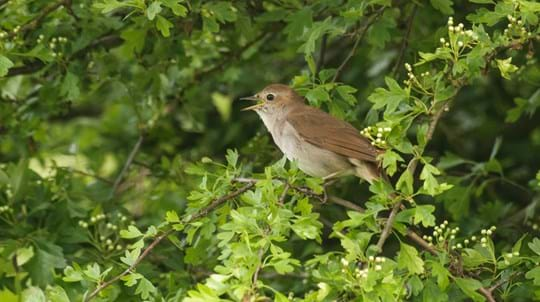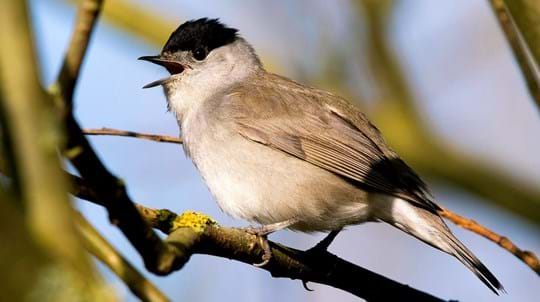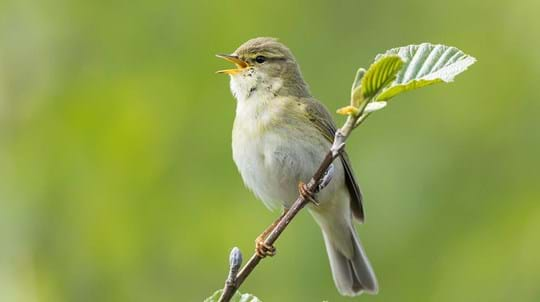
Credit: Buiten Beeld / Alamy Stock Photo
How do nightingales breed?
Breeding occurs between April and June, during which time four to five eggs are laid. The nest is constructed with leaves as well as grass, usually at ground level. Chicks will fledge when they are around 12 days old.










